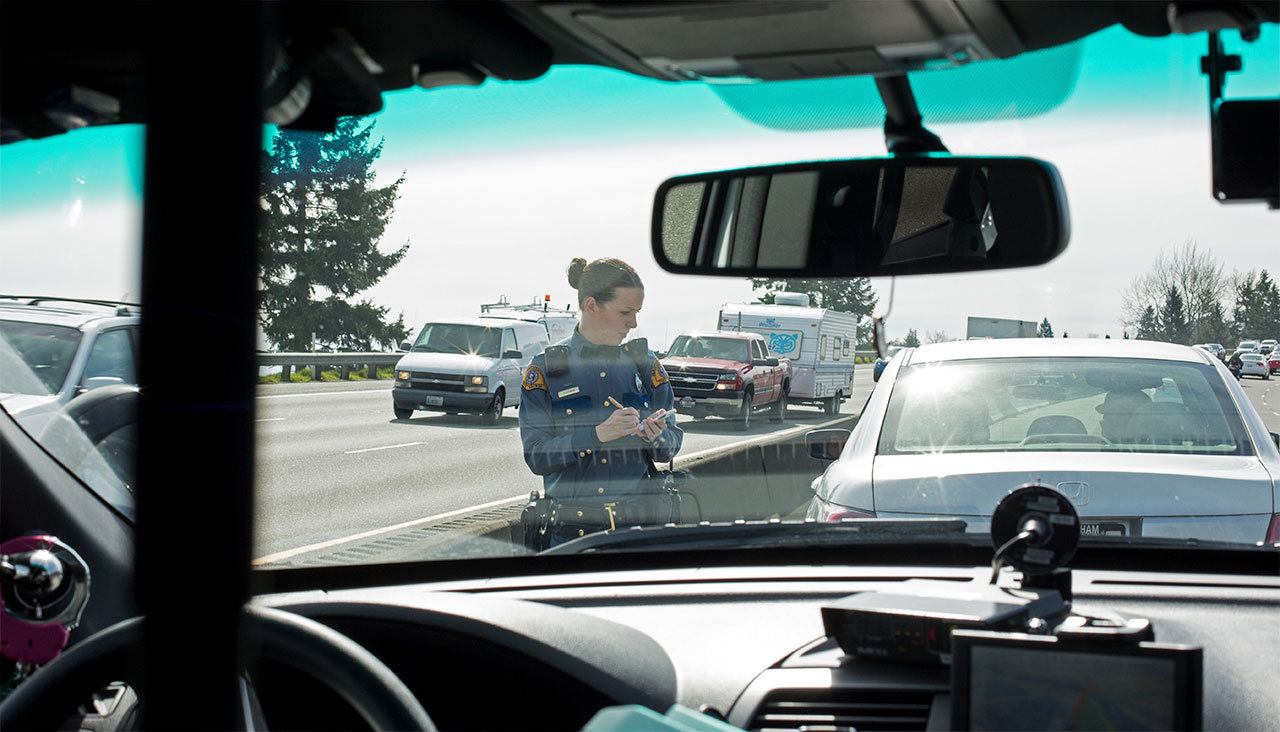There are a lot of lead feet on gas pedals out there.
A PEMCO Insurance poll found that two out of three drivers admit to going over the posted speed limit at least sometimes. That’s up from a similar poll the company did in 2011, when about half of drivers admitted as much.
The reasons? Keeping up with everyone else who is going fast (72 percent) and not paying attention (21 percent) are the leading excuses.
But many drivers also seem to see speed limit signs as more what you’d call guidelines than actual rules.
Almost two-thirds said they believe that law enforcement will offer a “buffer” over the legal speed limit. Most put that buffer at 5 mph over the posted speed limit.
How about you?
I admit to growing up believing in that 5 mph worth of wiggle room — and relying on its likelihood — though where I first heard it I can’t recall.
Some road signs seem to support the concept, too, with their parent-like “and I really mean it this time” finger-waving warnings that speed limits will be “strictly enforced.”
In the Northwest, nearly two times as many drivers favor increasing the speed limit from 70 mph to 75 mph on rural freeways and interstates (63 percent versus 33 percent who oppose higher speed limits).
If that “buffer” claim is any indication, though, they’re really pushing for 80 mph.
It was one reason the Washington State Department of Transportation, Washington State Patrol and Washington Traffic Safety Commission said “no” last year to raising the speed limit from 70 mph to 75 mph on 100 miles of I-90 in eastern Washington, beginning at George.
Drivers already average 73 mph in that stretch, a state analysis noted.
State staff determined the increased risks of a higher speed limit — including fatal and serious injury crashes — far outweighed travel time savings (estimated at under 5 minutes).
Oh, and for the record?
“There is no buffer,” Washington State Patrol Sgt. Mark Francis said. “Speeding is speeding.”
Each officer or trooper has discretion on when to make a stop, Francis said. On interstates and highways, they often look not just at speeding, but whether drivers also are following too close, passing unsafely, or if the conditions include heavy traffic or rain.
“Obviously the higher over the speed limit you go, the more dangerous and difficult to maintain control of your vehicle, especially if something unexpected should occur,” Francis said.
Have a question? Email us at streetsmarts@heraldnet.com. Please include your first and last name and city of residence. Look for updates on the Street Smarts blog.
Talk to us
> Give us your news tips.
> Send us a letter to the editor.
> More Herald contact information.

























